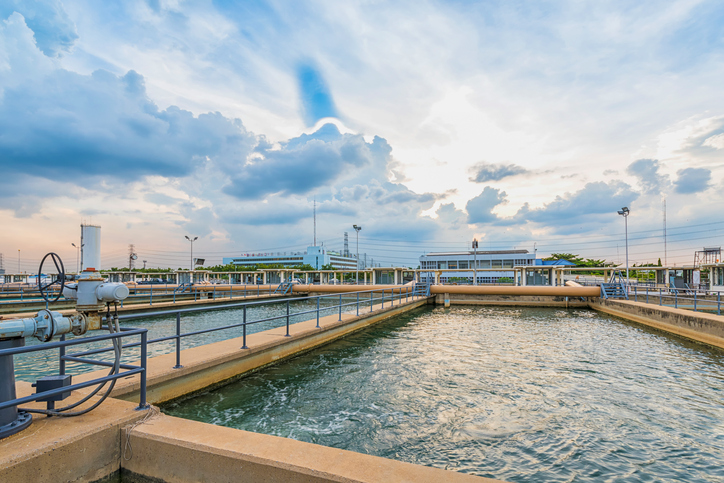 A new study led by ECS member Haluk Beyenal reveals a novel type of cooperative photosynthesis with potential applications in waste treatment and bioenergy production.
A new study led by ECS member Haluk Beyenal reveals a novel type of cooperative photosynthesis with potential applications in waste treatment and bioenergy production.
The research details a unique metabolic process observed for the first time in a pair of bacteria, which could be used to engineer microbial communities. Beyenal and his team honed in on a bacterium known as Prosthecochloris aestaurii, which is able to photosynthesize by using sunlight and elemental sulfur or hydrogen sulfide.
This from Washington State University:
The researchers noticed that P. aestuarii tended to gather around a carbon electrode, an electricity conductor that they were operating in Hot Lake. The researchers isolated and grew P. aestuarii and determined that, similar to the way half of a battery works, the bacterium is able to grab electrons from a solid electrode and use them for photosynthesis. The pink-colored Geobacter sulfurreducens meanwhile, is known for its ability to convert waste organic matter to electricity in microbial fuel cells. The bacterium is also used in environmental cleanup.
The researchers believe that this development could see applications in carbon cycling in oxygen free zones of poorly mixed freshwater lakes. Additionally, further developments could potentially result in microbial communities for waste water treatment and bioenergy production.
“We think this could be a common bio-electrochemical process in nature,” says Beyenal, Paul Hohenschuh Distinguished Professor at the Washington State University.


